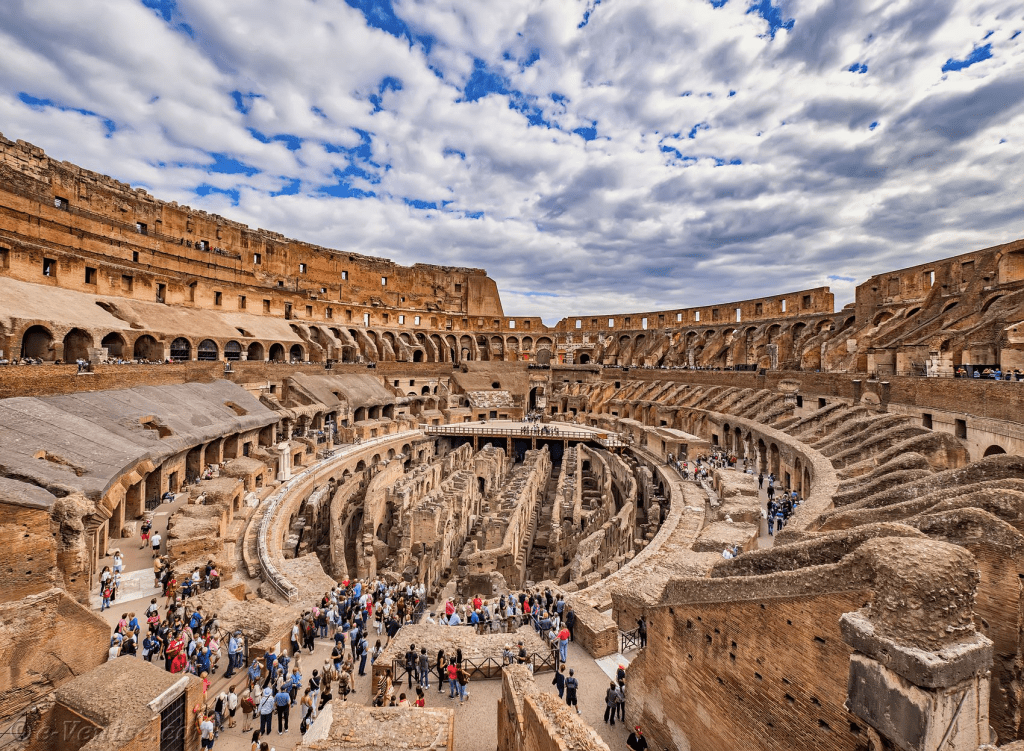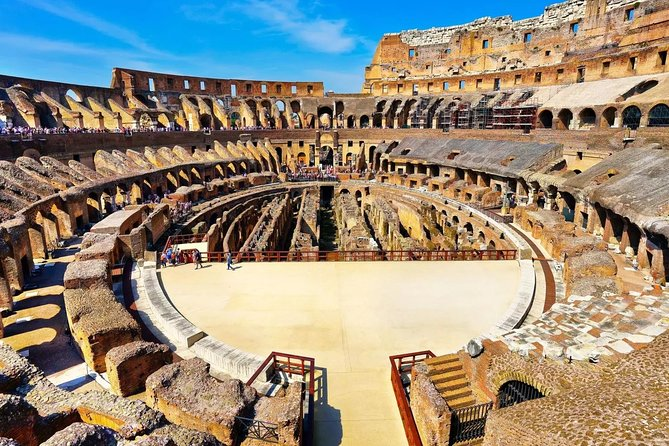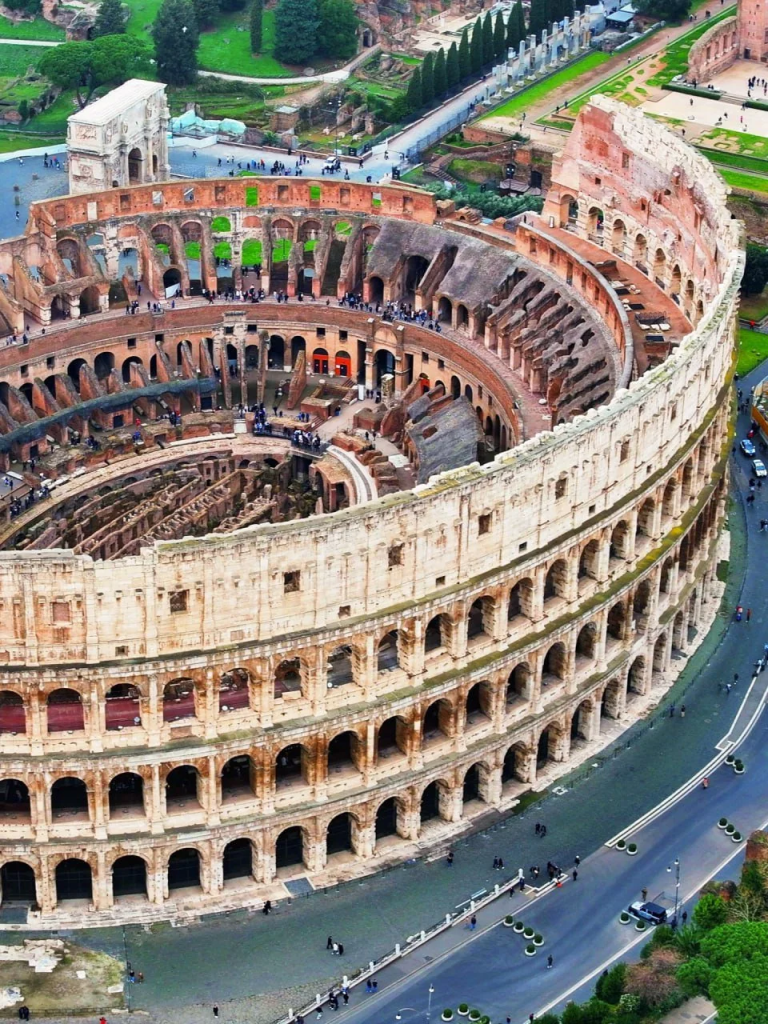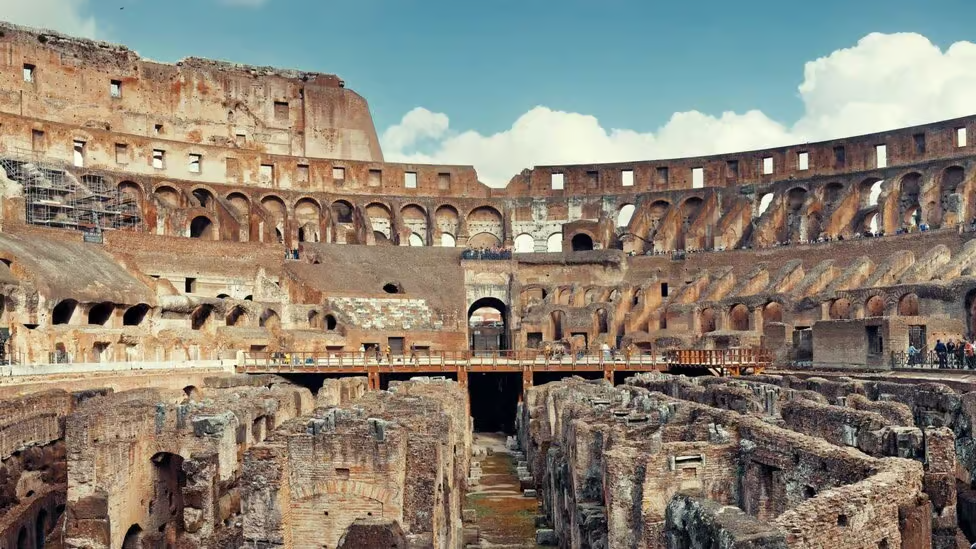When we picture Ancient Rome’s Colosseum, we often think of dramatic gladiator duels, roaring crowds, and towering stone arches. But what many people don’t know is that this colossal amphitheater featured one of the most advanced pieces of engineering from the ancient world a massive retractable awning called the velarium.
Far from just decorative, this ingenious system shaded up to 50,000 spectators from the relentless Roman sun. It wasn’t powered by machines or modern motors. Instead, it was operated by an elite and unexpected workforce Roman navy sailors skilled in rigging, ropes, and sails. The velarium remains one of the most remarkable examples of how Roman engineers blended functionality with flair.

An Ancient Solution to a Timeless Problem
Rome is known for its scorching summer heat. With packed audiences sitting under an open sky during games and spectacles that could last for hours, the need for shade wasn’t just a luxury it was essential. Enter the velarium.

Constructed from heavy canvas or linen, the velarium was a system of massive fabric panels stretched over the top of the Colosseum like the sail of a ship. Designed to block direct sunlight and provide ventilation, it dramatically improved the experience for spectators seated in the stands, especially those in the higher, sun-exposed levels.
Video:
The Hidden Engineering of the Colosseum
A Sailor’s Job—On Land
Operating the velarium wasn’t a simple matter of pulling a cord. It took coordination, strength, and precision. That’s why the Roman Empire called in experts in sail handling navy sailors.
The Roman fleet, known for its excellence in naval warfare and seamanship, assigned sailors to manage the rigging and setup of the velarium. These men hoisted the sails using an elaborate system of ropes, pulleys, and wooden masts that extended from the upper rim of the amphitheater.

The system worked much like a ship: cables were secured to large stone anchors and special blocks built into the Colosseum’s outer structure. These sailors would skillfully adjust the awnings as needed, allowing air to flow through while controlling sunlight and even protecting against light rain.
Engineering on a Monumental Scale
What makes the velarium truly impressive is the scale and complexity of its design. Spanning over 615 feet (around 188 meters) in diameter and rising above a structure that could hold tens of thousands, it was likely the largest retractable shade system ever built in the ancient world.
Video:
10 – Velarium – the Colosseum Revealed Documentary – Antonio Scona
Historians and archaeologists estimate that between 800 and 1,000 sailors were needed to operate the system. Imagine the coordination required to raise or lower such a large canopy with precision without the benefit of modern communication or powered equipment.
While only traces of the velarium remain today (like the post holes and rope guides visible near the top of the Colosseum), its legacy lives on as a symbol of Roman innovation and practicality.
More Than Just Shade: A Symbol of Roman Ingenuity
The velarium wasn’t just an architectural feature it was a statement. It demonstrated Rome’s mastery over nature and its commitment to the comfort and entertainment of its citizens. Where other civilizations may have built grand stadiums, only Rome thought to shield spectators from the heat using a naval-inspired fabric roof.
It reflected a society that fused military expertise, engineering brilliance, and public entertainment into something truly unique. Even today, the idea of a retractable stadium roof feels modern yet the Romans were doing it nearly 2,000 years ago.

The Legacy Lives On
Today, the Colosseum stands as a proud ruin, drawing millions of visitors a year. Though the velarium no longer shades the arena, its influence remains visible in the design of modern sports stadiums and open-air venues that use retractable roofs or sunshades.
It’s easy to forget just how advanced Ancient Rome really was. But the story of the velarium reminds us: long before electricity and engines, the Romans were already solving problems with vision, teamwork, and timeless engineering genius.


